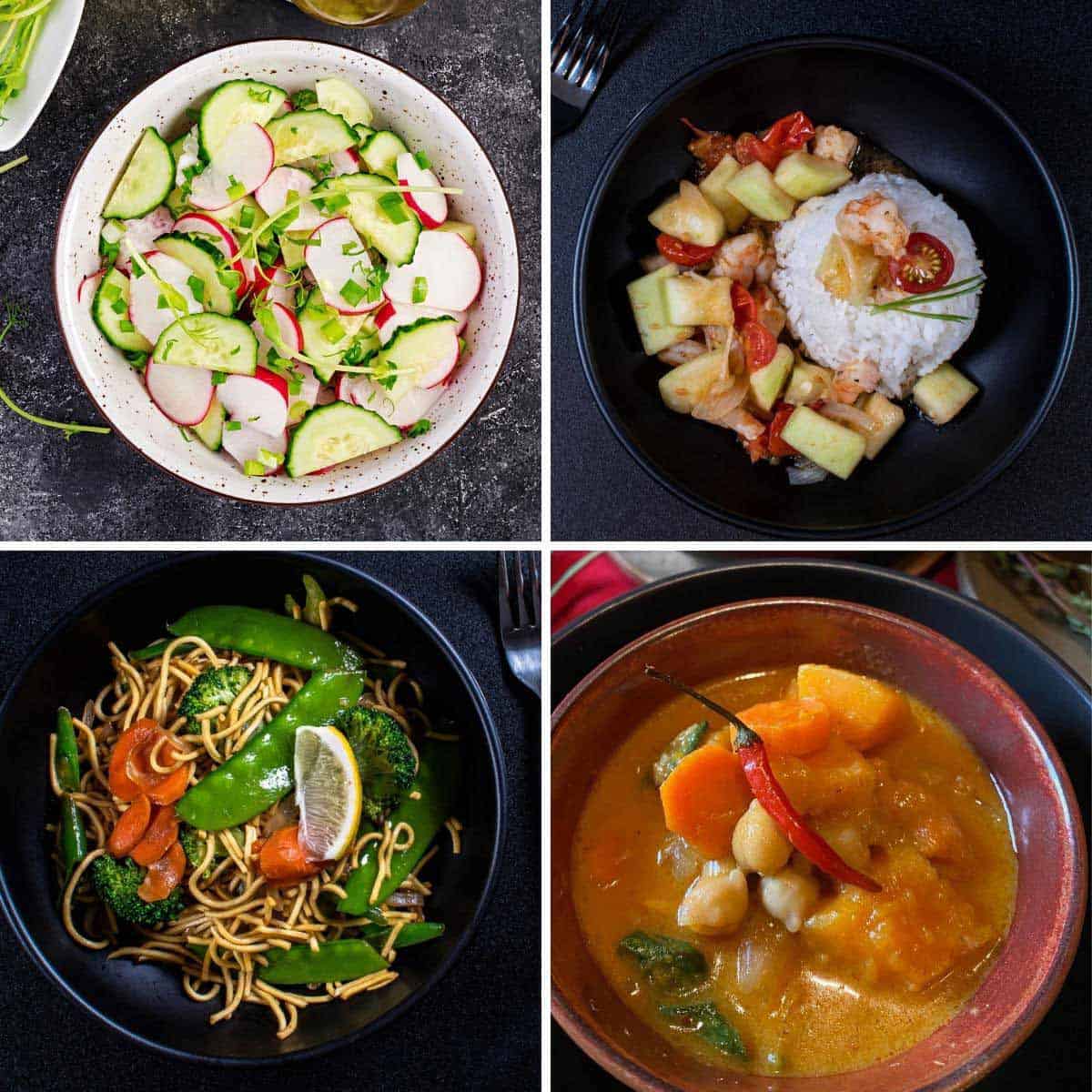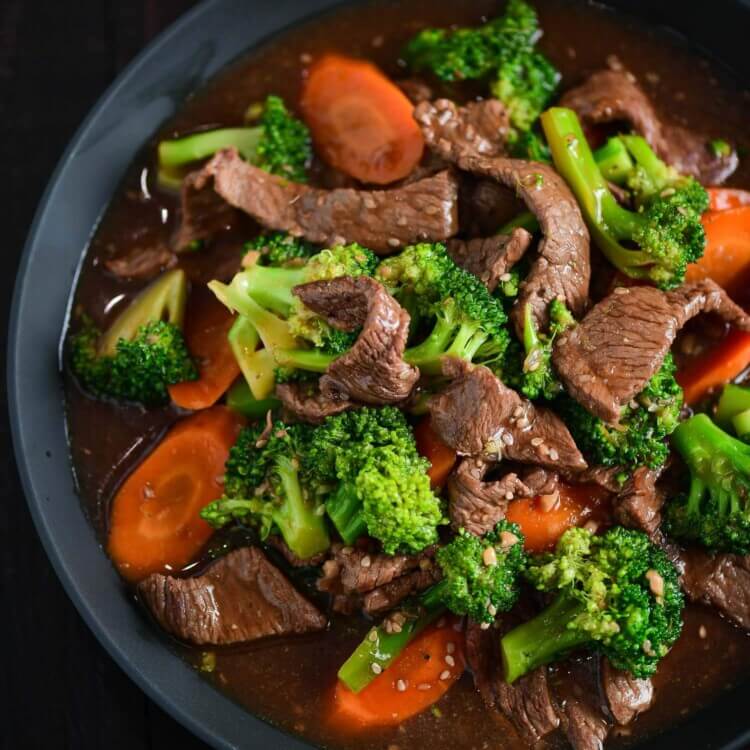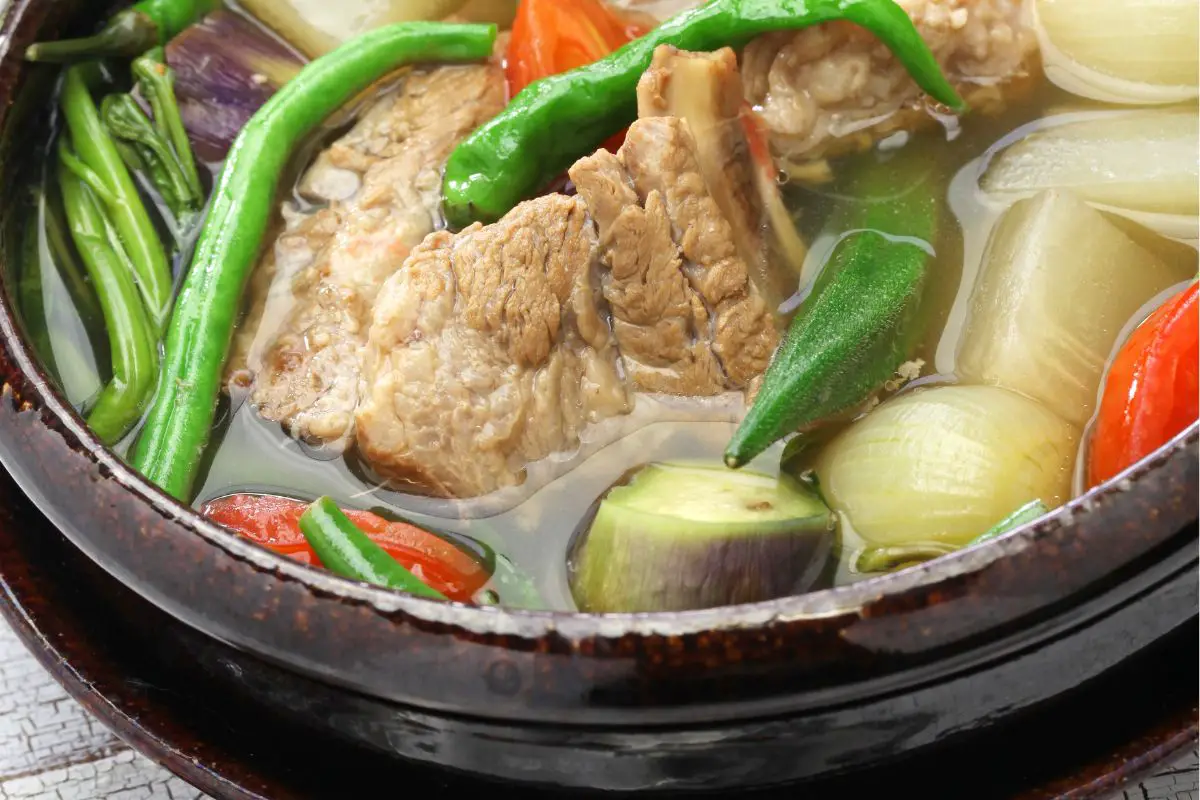Genuine Filipino Food Recipes to Try in the house
Discovering authentic Filipino food dishes provides a possibility to value the detailed flavors and cultural significance behind each recipe. From the well-liked Adobo, with its savory marinate, to the tangy Sinigang that personifies the essence of Filipino comfort, these dishes welcome a deeper understanding of typical cooking practices. Using fresh, neighborhood components is necessary, as is accepting public eating-- a characteristic of Filipino culture. As we think about the essential elements and methods that specify these culinary prizes, one might question what particular dishes can truly catch the heart of this lively food.
Popular Filipino Dishes
Filipino cuisine boasts an abundant tapestry of flavors and traditions, with over a dozen legendary meals that highlight the country's diverse social impacts. Among the most well-known recipes is Adobo, a savory stew typically made with hen or pork, seasoned in vinegar, soy sauce, garlic, and flavors. Its appetizing taste profile makes it a staple in Filipino homes.
Another precious meal is Sinigang, a sour soup commonly made with tamarind, tomatoes, and various veggies. This recipe can include pork, shrimp, or fish, and its revitalizing preference is ideal for warm climates. For those with a craving for sweets, Leche Flan-- a luscious caramel custard-- serves as a popular treat, showcasing the Filipino penchant for rich, pleasant flavors.
Kare-Kare, a passionate oxtail stew with a thick peanut sauce, along with the iconic lumpia, or springtime rolls, better exhibit the range found in Filipino food. Each recipe not only offers distinct tastes yet also tells a tale of regional ingredients and historical impacts, making Filipino food a vibrant reflection of its society and heritage.
Necessary Ingredients for Filipino Cooking
The significance of Filipino food preparation depends on its crucial components, which work as the structure for the nation's cherished recipes. A variety of flavors and appearances collaborated, showcasing the diverse cultural impacts that form Filipino cuisine.
Key active ingredients consist of rice, the staple that comes with nearly every meal, signifying food and neighborhood. Soy sauce, vinegar, and fish sauce (patis) are crucial for seasoning, conveying umami and depth to meals. Fresh herbs like cilantro and basil add aromatic quality, while garlic, onion, and ginger provide a durable flavor base.
Protein sources such as pork, chicken, and seafood are main to several dishes, often marinaded to improve taste. Vegetables like eggplant, bitter melon, and eco-friendly beans add crucial nutrients and balance - Filipino food recipes. Coconut milk is one more significant ingredient, offering creaminess and a refined sweet taste to numerous stews and desserts
Last but not least, calamansi, a citrus fruit, provides a revitalizing tang that elevates dishes and drinks alike. Together, these active ingredients develop the vivid and rich tapestry of tastes that specify Filipino food, making it both calming and unique. Comprehending these principles is important for any individual aiming to replicate genuine Filipino dishes in the house.
Step-by-Step Dish Guide

Start by preparing your active ingredients. For Adobo, chop the meat into uniform pieces and marinade it in soy sauce, vinegar, garlic, and bay leaves for at least 30 mins. Next, warm oil in a frying pan and sauté the garlic and onions up until great smelling, then include the marinaded meat, allowing it to brown uniformly.
For Sinigang, begin by steaming water in a pot and adding your choice of meat. Once tender, integrate tamarind paste or fresh tamarind for that signature sour flavor. Follow with veggies like radish and kangkong, cooking until just tender.

Tips for Genuine Flavor
Often, achieving genuine flavor in Filipino recipes hinges on the careful choice and therapy of components. Begin with fresh, high-quality produce, as the vibrancy of veggies and herbs substantially boosts the meal's total preference. Staples like garlic, onions, and ginger form the aromatic structure for numerous recipes; using them in correct proportions is critical.
Choosing the ideal healthy protein is similarly essential. Typical adobo frequently uses hen or pork, marinaded to soak up the marinade's complete taste. Additionally, think about sourcing locally produced or regional components, as they can give authenticity that store-bought alternatives do not have.
Cooking strategies also play a crucial role. Slow-cooking approaches, such as braising or stewing, enable flavors to blend wonderfully, while frying can add a gratifying appearance. Do not neglect flavoring; making use of salt, fish sauce, or soy sauce at the right minutes can raise a meal dramatically.
Offering and Delighting In Filipino Food
Cooking experiences are enriched when Filipino food is served with attention to practice and community. The practice of sharing meals is main to Filipino society, representing unity and friendliness. When serving Filipino meals, consider using conventional serveware, such as clay pots or use this link bamboo baskets, which improve the authenticity of the experience.
Normally, Filipino meals are enjoyed family-style, with a variety of meals put at the center of the table. This communal approach urges communication and permits guests to sample different tastes. A well-curated spread check my site could include staples like adobo, sinigang, and lumpia, complemented by rice, which is a basic element of every dish.
Coming with the food with standard condiments, such as soy sauce, vinegar, or chili paste, can elevate the dining experience, welcoming restaurants to personalize their plates to their choices. Furthermore, incorporating local beverages, like calamansi juice or tuba, can enhance the total taste profile.
Verdict
